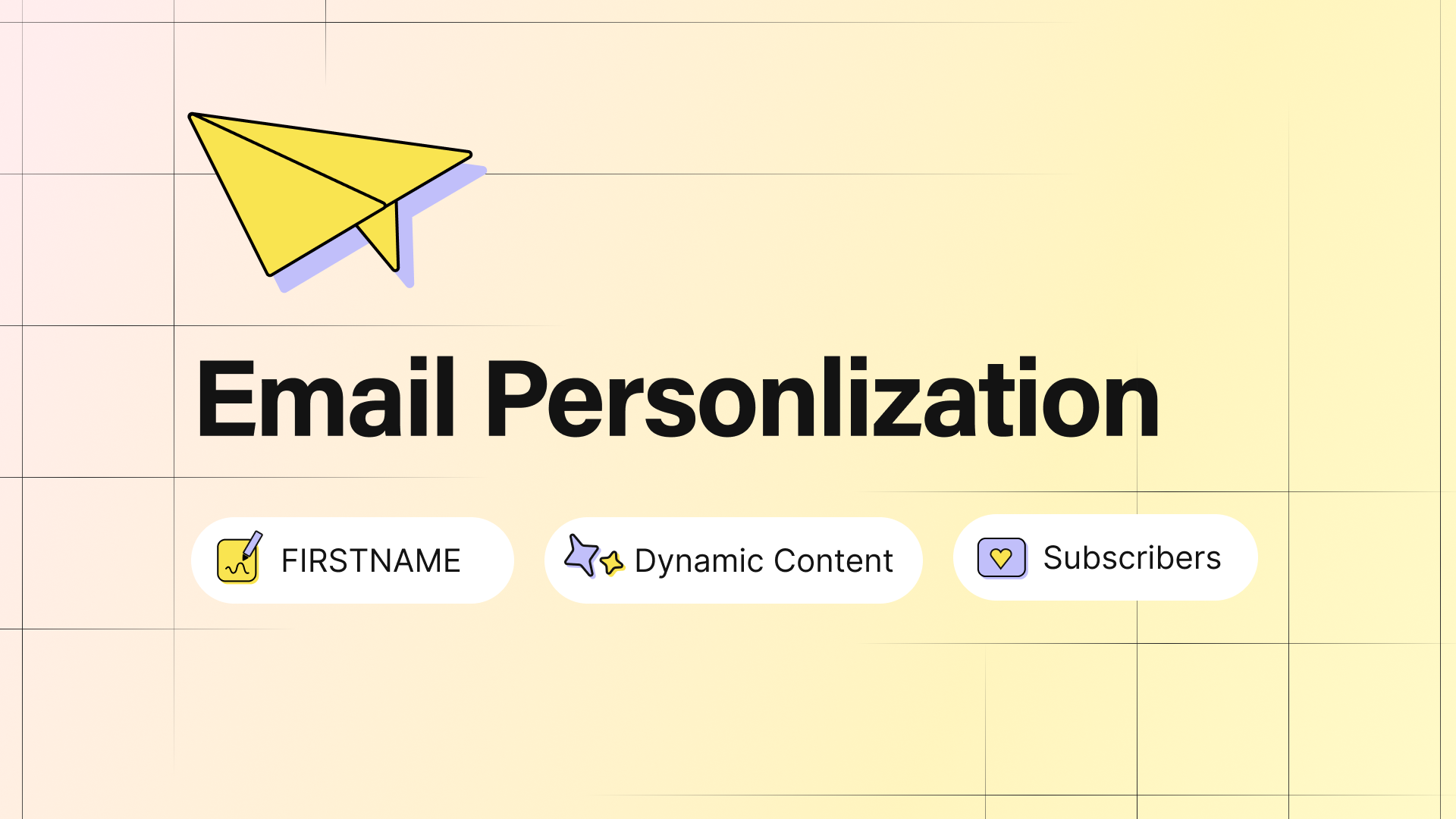Personalisation isn’t just about subject lines and copy, customer retention requires companies to use customer information much more strategically. It’s time to dig deep into data, segmentation and of course, relevant creative content based on customer behaviour.

How To Use Email Personlization in 2022
Email is a key eCommerce channel for both nurturing customers and for delivering personalised content.
Personalisation in email has been talked about for a while, but 2022 will be the year industries will see a huge shift towards utilising data-driven personalisation. Older tactics won’t have the same impact moving forward and when it comes to cutting through to customers it’s time to step up your game.
Move Past {{First Name}}
No marketer wants to come off like a spambot. Personalization — achieved through merge tags allows you to treat customers like human beings, and not just because you know a customer’s name.
A good starting point of Personalization is of course personalised subject lines. Subject lines are around 26% more likely to be opened so again keep this in your plans.
But putting open rates aside for a moment because the reality is they will only get you so far. To engage receipts, you need personalised content targeted towards their behaviour and data sets.
Break new ground
Personalisation isn’t just about subject lines and copy, customer retention requires companies to use customer information much more strategically. It’s time to dig deep into data, segmentation and of course, relevant creative content based on customer behaviour.
It’s about breaking new ground as we mentioned, For example, imagine a concertgoer named Hugo. Thanks to data we know that Hugo likes to go to rock shows. They also know Hugo lives in London, and has purchased tickets to shows at the London Music Hall. So when a different rock band comes to town, we can personalize a campaign that not only mentions Hugo’s name but also mentions shows he’s attended previously.
Let’s say Hugo opens the email but doesn’t purchase any tickets. A couple of days later, we can send a targeted follow-up email to Hugo and others like him who engaged but didn’t purchase.
Follow-up campaigns that are based on data and highly targeted will help with sales, by continually tracking customers’ behaviour you can refine the personalization of your campaign.
Time for Testing
A/B testing is effective at testing one idea versus another and finding which is better on average. Testing turns good campaigns into great ones. It allows you to use all that awesome customer data you have collected to answer small but important questions:
• Do more people click “Buy Rock Tickets” when the button is at the top of the email or the bottom?
• Are they more inclined to click if it says “Buy Tickets Now” or “Get Tickets Today?”
• What if the background is blue? How about Green?
A good digital marketer can find all kinds of awesome ways to use A/B testing so find yours.
Wrap Up
In 2022, there will be a surge in brands ramping up their email marketing personalisation and giving subscribers more relevant customer journeys.
The result of effective personalisation is more engaged happy subscribers, leading to increased customer lifetime value, which overall is a good indicator of the health of a business.
Need help with Email Personalization? Contact Acme Ecards today.




